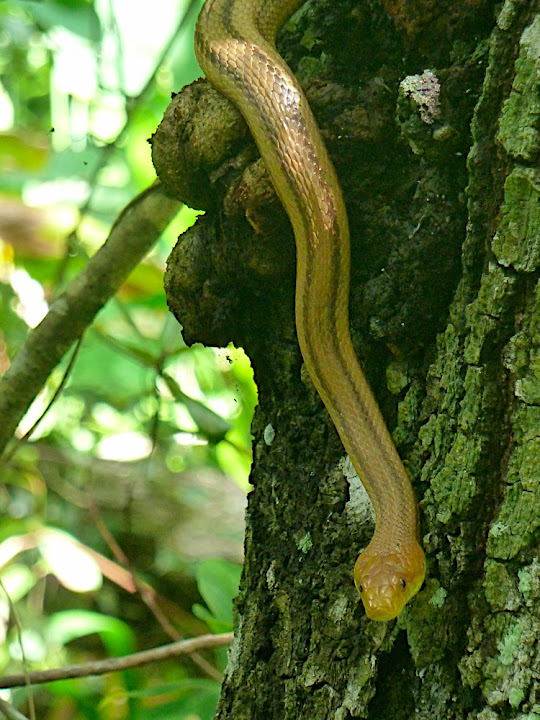river
Some rivers don’t really look like rivers at all. This one was 60 miles wide, 100 miles long and most of the year only couple of inches deep. Moving slowly to allow grass grow in its wake, birds wade in its waters, alligators and turtles breed on its banks. But it was too big and too lazy and it was mistaken for a swamp. A road was built across. Considered a technical feat of early 20th century it was constructed just like any other road in Southern Florida: by dredging a canal and piling rocks on its side. It only took 10 years after the Tamiami trail was completed for people to realize that they didn’t just build the road. They erected a dam. Huge swaths of land were drained and cultivated, numerous canals were laid out diverting water.
And suddenly it was too late: the pressure that the river exerted on the aquifer lessened and salt water seeped into into wells in surrounding communities. Shortage of drinkable water usually gets people attention. Coastal fisheries started to die as water from canals diverted directly into ocean contained to little salt and too much fertilizer. It turned out that in dollar terms per square mile this gigantic swamp was worth way more than whatever could be grown on the dried land. And that’s even with general contributions of federal agriculture subsidies. And to boot those canals and levies turned out to be quite volatile once hurricane strikes. And they do strike here regularly. But hey we have the road. I mean: the dam.
So now many times more money is spent on restoring and mimic the original flow of water through Everglades area than it cost to drain it originally. It’s not the first attempt to manage a self-regulating, complex chaotic system - planned economy in communist countries comes to mind. We all know how that ended. Let’s see if U.S. Army Corps of Engineers can do better.
Maybe they learned from park service mistakes like Buttonwood Canal dredged after the area was turned into a park. It connected brackish Coot Bay to Florida Bay increasing salinity of the former, killing mangroves and preventing fish breeding. It took 30 years after it was plugged to restore the habitat to a semblance of original state.
The land stolen from the river is divided between suburban sprawl and cultivation. Allegedly sugar cane is grown there. It would be cheaper to import sugar but in this case free market economy stops right at the border. And we didn’t see any sugar cane but miles and miles of palm nurseries. That’s the trade off that we’ve made: we drained the river prompting environmental disaster to grow ornamental trees to supply gardens of Miami.
